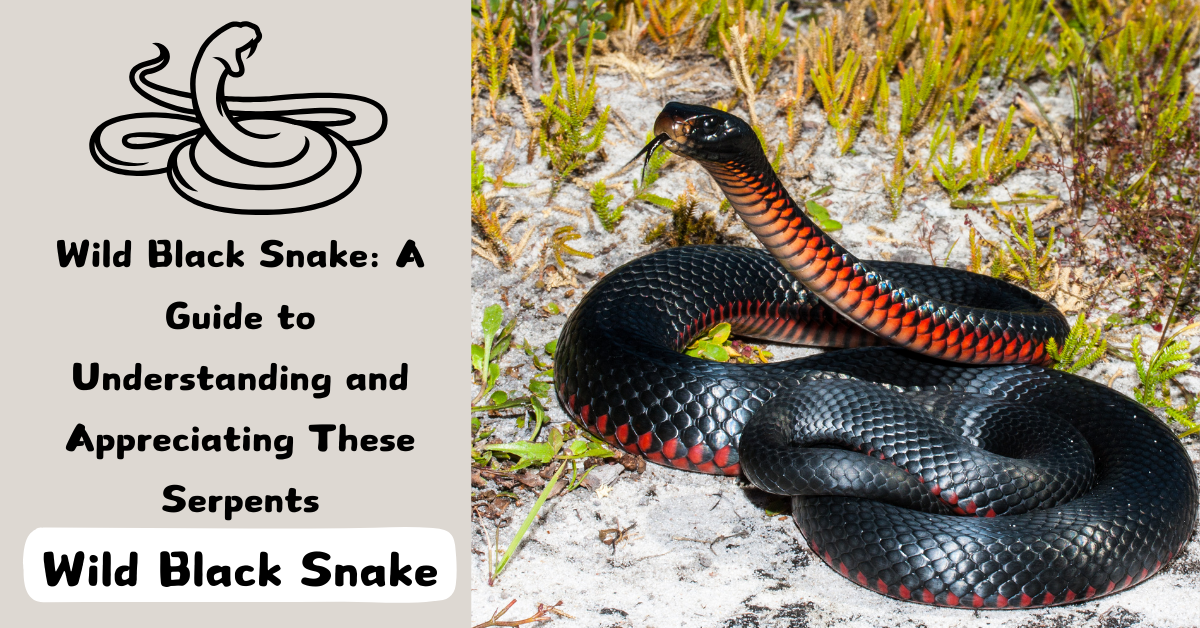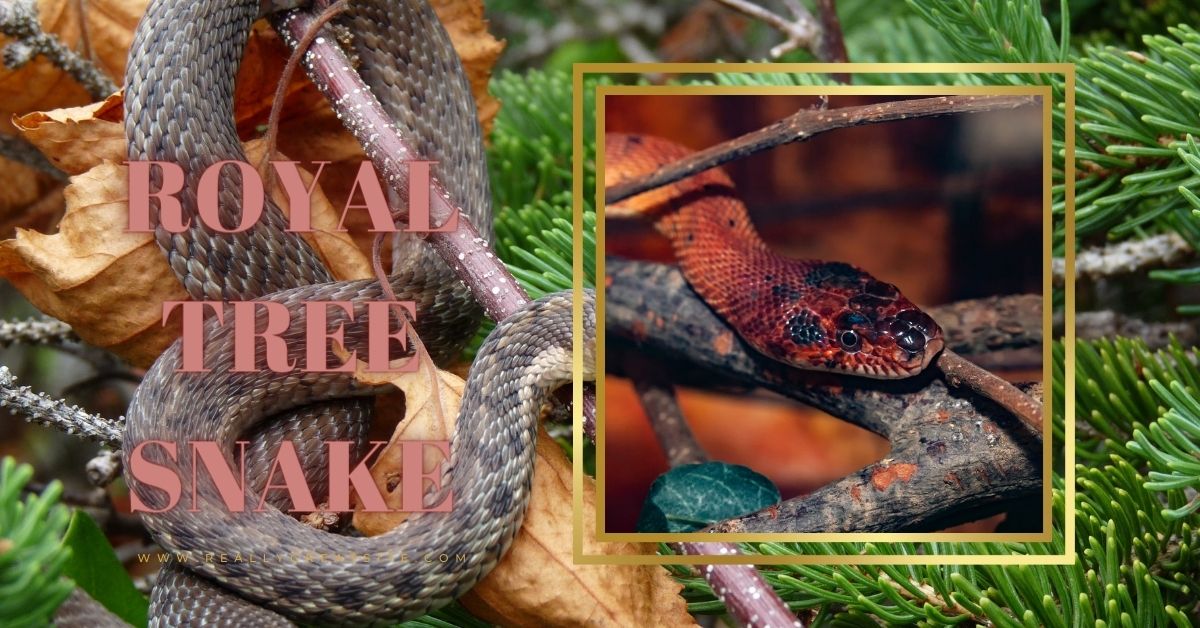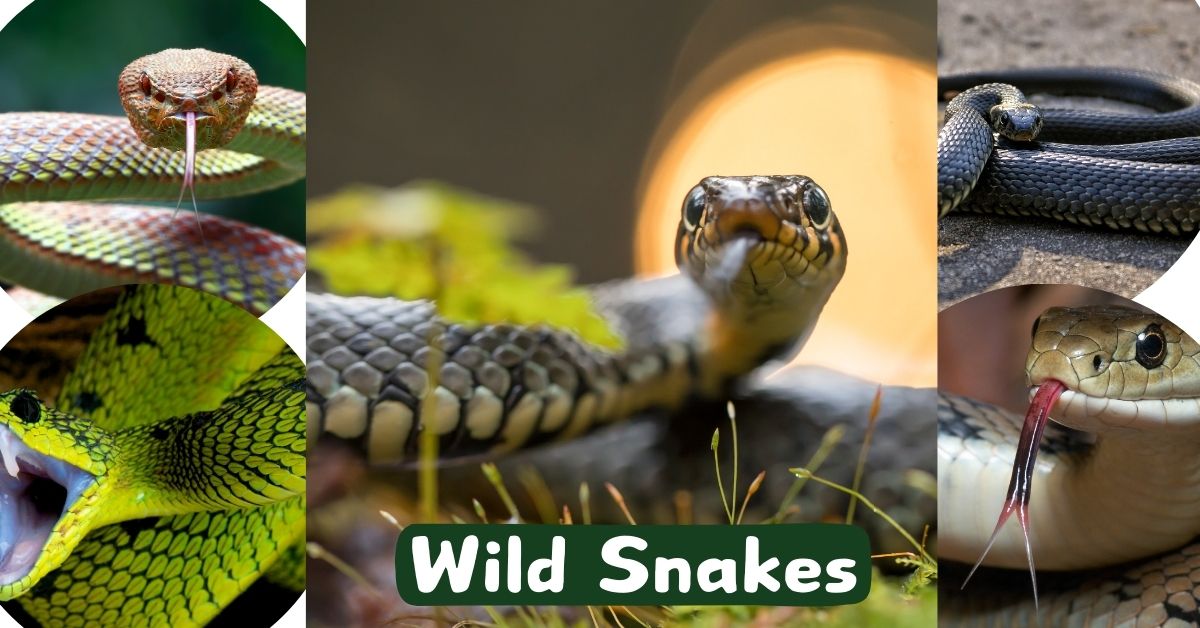
Wild Black Snake: A Guide to Understanding and Appreciating These Serpents
Introduction
Numerous curiously animals are found indeed in this advanced age. One of which is the WILD Dark Wind. WILD Dark Wind Moreover known as dark rodent wind, it is for the most part harmful. These snakes are found in diverse parts of the world like America, Australia, and Asia. They have the capacity to climb and slip rapidly from any put. In this article, we will tell you almost their behavior, living space, and biological framework, which is exceptionally imperative.
What is a Wild Black Snake?
Wild dark snakes have a place with a few animal groups known for their dim hued scales, which can go from profound midnight to shades of dim or brown. These snakes are regularly non-venomous, depending on narrowing to repress their prey.
Characteristics and Appearance
Wild dark snakes show shifting actual attributes relying upon their species and climate. For the most part, they have slim bodies that guide in quick development through underbrush and timberland floors. Their tinge assists them with mixing into their environmental factors, offering disguise against hunters.
Habitat and Distribution
These snakesare flexible and can prosper in grouped conditions, including woodlands, knolls, swamps, and, shockingly, metropolitan locales. They are found across expanses of land, with express species including explicit regions considering climate and food openness.
Behavior and Diet
Known for their nimbleness and hunting ability, wild dark snakes principally feed on little well evolved creatures, birds, creatures of land and water, and bugs. Their hunting methodology includes secrecy and persistence, depending on shock assaults or ambushes to get their prey.
Reproduction and Life Cycle
During mating season, which changes by species and area, wild dark snakes participate in romance customs that include complex ways of behaving. Females normally lay eggs or bring forth live youthful, contingent upon the species. The youthful snakes are autonomous from birth and should fight for themselves.
Conservation Status
The conservation status of wild black snakes varies among species. While some populations are stable, others face threats from habitat loss, pollution, and human interaction. Conservation efforts often focus on preserving their natural habitats and raising awareness about their ecological importance.
Interaction with Humans
Notwithstanding their scary appearance, wild dark snakes are by and large modest and really like to keep away from human contact. They assume an imperative part in controlling populaces of rodents and different irritations, making them gainful to horticulture and environments.
Myths and Misconceptions
Throughout history, wild black snakes have been subject to myths and superstitions. Misconceptions about their behavior and venomous capabilities have led to misunderstandings and unnecessary fear.
Types of wild black snake
There are a few types of wild dark snakes that you could experience, particularly in North America. Here are a few normal sorts:
- Eastern Rodent Snake (Pantherophis alleghaniensis): Otherwise called the dark rodent snake, it is a non-venomous snake tracked down all through the eastern US. It’s strong dark as a grown-up, however adolescents might have blotched designs.
- Dark Racer (Coluber constrictor): A quick, non-venomous snake tracked down across a significant part of the eastern US. It’s ordinarily strong dark, once in a while with a white jaw.
- Dark Kingsnake (Lampropeltis getula): This snake fluctuates in variety and example across its reach, yet there are subspecies that are principally dark. It’s a constrictor and feeds on different snakes.
- Dark Pine Snake (Pituophis melanoleucus lodingi): Found in the southeastern US, this species is known for its lustrous dark appearance with white or cream-hued scales on its paunch.
- Indigo Snake (Drymarchon spp.): Indigo snakes are enormous, non-venomous snakes tracked down in the southeastern US. A few people can show up almost strong dark, particularly the eastern indigo snake (Drymarchon couperi).
- Coachwhip (Masticophis flagellum): However not generally completely dark, some coachwhip snakes can be dominatingly dim in tinge. They are long and slim snakes tracked down in different natural surroundings across the US.
These are a portion of the unmistakable sorts of wild dark snakes in North America. Every species assumes an essential part in its biological system and changes in conduct, territory inclination, and diet.
Care of Wild black snake
Dealing with a wilddark snake requires cautious thought to guarantee its prosperity and security. Here are a few basic principles:
- Security First: Guarantee your wellbeing and the snake’s security. Approach with alert and ideally with the assistance of an untamed life master or an expert acquainted with taking care of snakes.
- Control: On the off chance that the snake should be moved or migrated, utilize a safe holder, for example, a snake sack or a very much ventilated box. Ensure it has sufficient room to move around serenely.
- Insignificant Taking care of: Limit dealing with to what is fundamental. Wild snakes can be focused on by human cooperation, so limiting taking care of except if it’s for migration or clinical treatment is ideal.
- Climate: If keeping briefly, give a reasonable climate. This incorporates a solid nook with proper substrate (like leaves or paper), concealing spots (like logs or branches), and a water dish for drinking and drenching.
- Taking care of: Wild snakes might be focused on and more averse to eat right away. Assuming that you really want to take care of it, offer proper food in view of its species and size (generally rodents for bigger snakes, bugs for more modest ones). Live prey ought to be kept away from except if totally essential and dealt with alert.
- Temperature and Moistness: Keep up with suitable temperature and mugginess levels as indicated by the snake’s regular environment. This aides in lessening pressure and advancing wellbeing.
- Counsel an Expert: If all else fails about the snake’s wellbeing or requirements, contact an untamed life restoration focus, a herpetologist, or a veterinarian with experience in treating wild reptiles.
- Legitimate Contemplations: Check neighborhood regulations and guidelines with respect to taking care of and keeping wild creatures. In many spots, keeping wild snakes without appropriate allows or licenses might be unlawful.
Keep in mind, wild creatures, including snakes, are best left in their normal natural surroundings whenever the situation allows. Assuming you find a wild snake that appears to be harmed or in trouble, reaching a neighborhood untamed life salvage or recovery association is much of the time the best game-plan for its prosperity.
Range
Wild dark snakes can be tracked down in different districts across the world, as there are a few animal categories that fit this portrayal. Here are a few models:
- North America: In the US, species like the Eastern Rodent Snake (Pantherophis alleghaniensis) and the Dark Rodent Snake (Pantherophis obsoletus) are regularly alluded to as dark snakes. They are tracked down all through a significant part of the eastern and focal pieces of the country.
- Australia: The Eastern Earthy colored Snake (Pseudonaja textilis), albeit not totally dark, is a venomous snake tracked down all through a lot of Australia, including metropolitan regions.
- Africa: The Dark Mamba (Dendroaspis polylepis) is a profoundly venomous snake tracked down in sub-Saharan Africa. Notwithstanding its name, it is really earthy dark in variety, however is frequently alluded to as dark.
- Asia: The Dark Rodent Snake (Elaphe obsoleta) and the Ruler Cobra (Ophiophagus hannah) are models tracked down in pieces of Asia. The Lord Cobra, however, isn’t totally dark yet can have blackish shading.
The specific scope of these snakes can differ contingent upon the species. Many dark snakes are versatile and can be tracked down in different environments, including timberlands, fields, and in some cases metropolitan regions.
LIFESPAN
The life expectancy of a wild dark snake can shift contingent upon the species. The following are a couple of normal animal varieties and their ordinary life expectancies:
- Eastern Rodent Snake (Pantherophis alleghaniensis): In the wild, they can satisfy 10-15 years, however some have been known to live longer in bondage.
- Dark Rodent Snake (Pantherophis obsoletus): Like the Eastern Rodent Snake, they by and large live around 10-15 years in nature.
- Dark Racer (Coluber constrictor): These snakes ordinarily have a life expectancy of around 6-8 years in nature.
- Eastern Indigo Snake (Drymarchon couperi): One of the bigger dark snakes, they can satisfy 20-30 years in nature.
These life expectancies are estimated and can shift in light of elements like living space, accessibility of food, and predation. For the most part, bigger species will generally have longer life expectancies than more modest ones.
LENGTH
The length of a wild dark snake can change essentially contingent upon the species. Nonetheless, to give an overall thought:
- Eastern Rodent Snake (Dark Rodent Snake): These can grow up to 6 feet (around 1.8 meters) long, once in a while considerably longer.
- Dark Racer: These snakes can arrive at lengths of up to 6 feet (around 1.8 meters) also.
- Dark Lord Snake: They normally develop between 3 to 4 feet (around 0.9 to 1.2 meters) long.
These are a few normal kinds of wild dark snakes, each with its own ordinary size range. It’s critical to take note of that these lengths can shift in view of variables like age, wellbeing, and natural surroundings conditions.
WEIGHT
The heaviness of a wild dark snake can shift fundamentally contingent upon the species and its age. Nonetheless, as a general gauge:
- More modest types of wild dark snakes, for example, some rodent snakes, may weigh around 1-2 pounds (0.5-1 kg).
- Bigger species, similar to dark racers or indigo snakes, can weigh somewhere in the range of 3 to 10 pounds (1.5-4.5 kg) or more.
It’s essential to take note of that these are estimated loads, and genuine loads can change in view of variables like locale, diet, and individual variety inside species.
FAQs About Wild Black Snakes
What should I do if I encounter a wild black snake?
In the event that you experience a wild dark snake, keep quiet and give it space. These snakes are not forceful towards people and will probably withdraw whenever offered the chance.
Are wild black snakes venomous?
Most wild dark snakes are non-venomous. Be that as it may, it’s vital for practice alert and try not to deal with any snake except if you are prepared to do as such.
How can I attract wild black snakes to my garden?
Making an environment that gives food sources, haven, and wellbeing can draw in wild dark snakes. In any case, guarantee you are open to coinciding with untamed life prior to empowering their presence.
What is the lifespan of a wild black snake?
The life expectancy shifts among species, yet wild dark snakes can ordinarily live for quite some time in the wild, gave they approach satisfactory food and haven.
Conclusion
Wild dark snakes are entrancing animals that add to biodiversity and biological system balance. Understanding their way of behaving and job in nature is pivotal for encouraging conjunction and preservation endeavors. By dispersing legends and valuing their excellence, we can guarantee these snakes keep on flourishing in their regular natural surroundings.
All in all, the wild dark snake epitomizes versatility and transformation even with ecological difficulties. By regarding their space and perceiving their environmental significance, we add to the safeguarding of these amazing animals.
This article meant to give an exhaustive outline of wild dark snakes, covering their qualities, territory, conduct, and collaboration with people. By featuring their job in biological systems and resolving normal inquiries, we desire to advance a superior comprehension and enthusiasm for these frequently misread animals.





Your article helped me a lot, is there any more related content? Thanks!
Yes sir my website has a lot of related content.
Can you be more specific about the content of your article? After reading it, I still have some doubts. Hope you can help me.
Sir, what doubts do you have? And how can I help you?
I don’t think the title of your article matches the content lol. Just kidding, mainly because I had some doubts after reading the article.
Yes Sir tell me what doubts you have
Your point of view caught my eye and was very interesting. Thanks. I have a question for you.
Your point of view caught my eye and was very interesting. Thanks. I have a question for you.
Your point of view caught my eye and was very interesting. Thanks. I have a question for you.
I love your blog.. very nice colors & theme. Did you make this website yourself or did you hire someone to do it for you? Plz respond as I’m looking to create my own blog and would like to know where u got this from. many thanks
Your article helped me a lot, is there any more related content? Thanks!
Thanks for sharing. I read many of your blog posts, cool, your blog is very good.